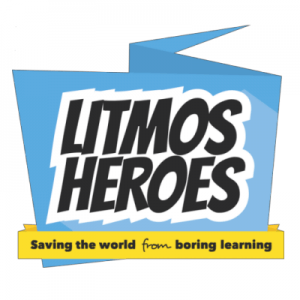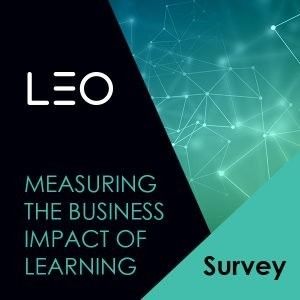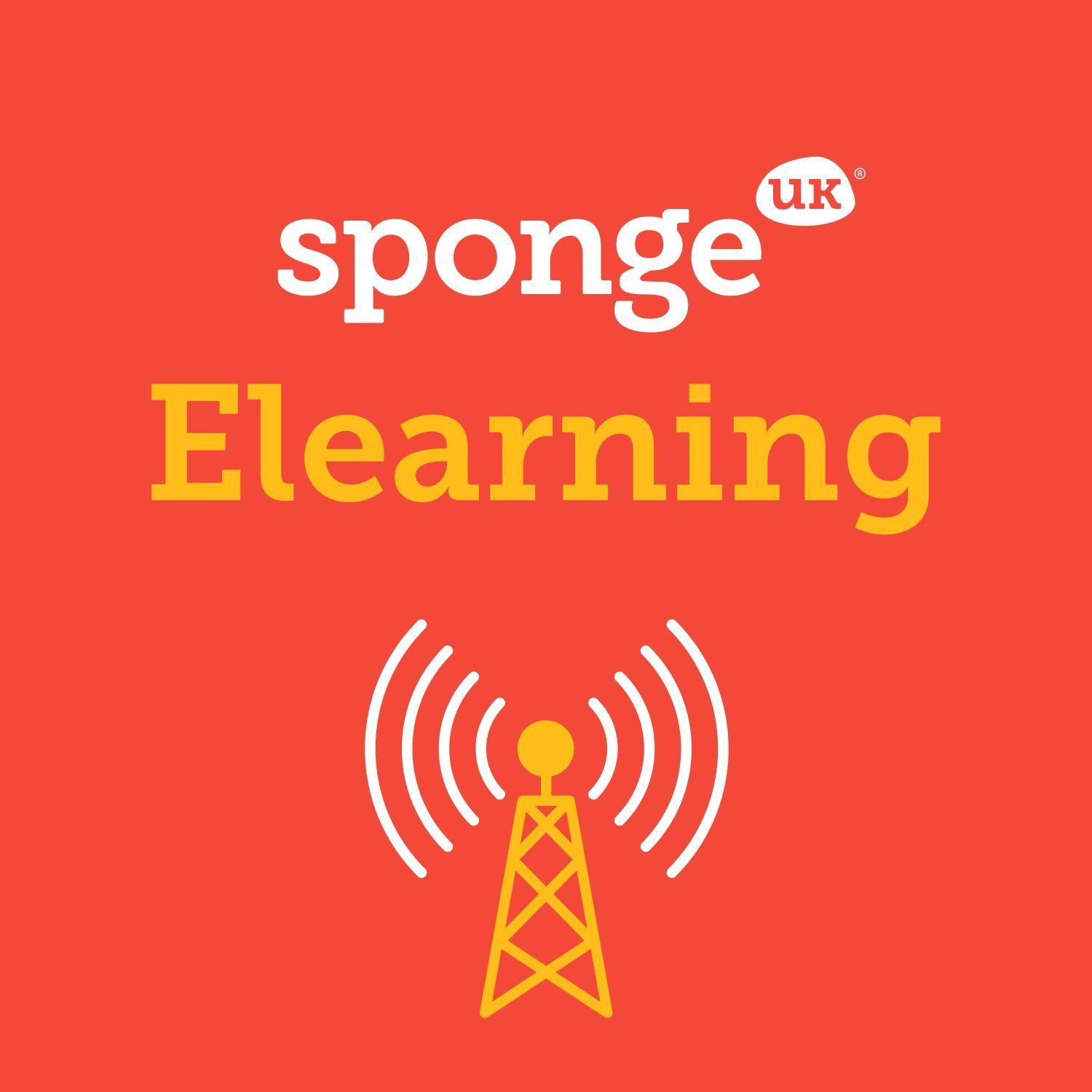Search for...
#l&d Bookmarks
Published Bookmarks
 Six Essential Marketing Skills Every L&D Practitioner Needs - eLearning Industry
Six Essential Marketing Skills Every L&D Practitioner Needs - eLearning Industry
L&D can learn a lot from marketing: an industry at the cutting edge of digital technology who are constantly pushing the envelope to evolve. They’ve done the legwork, so why not learn from their mistakes?
 Executive Forum On Learning Infrastructure - eLearning Industry
Executive Forum On Learning Infrastructure - eLearning Industry
Join conversations tailored to senior leaders that dive into your strategic challenges. Share perspectives and ideas with your peers, and have your learning infrastructure questions addressed by industry experts at the Executive Forum.
 Using Agile Methods For HR And Learning Projects - eLearning Industry
Using Agile Methods For HR And Learning Projects - eLearning Industry
In this webinar, we talk to a panel of Agile specialists who take a deep dive to provide some clarity and a practical road-map for using Agile methods in HR/L&D.
 Measuring Business Impact Of Learning Survey - eLearning Industry
Measuring Business Impact Of Learning Survey - eLearning Industry
Global organisations are invited to take part in this year’s LEO and Watershed survey on measuring the business impact of learning, which aims to benchmark L&D thinking on measurement.
 New eLearning Industry Webinar Series To Offer L&D Insight With Impact - eLearning Industry
New eLearning Industry Webinar Series To Offer L&D Insight With Impact - eLearning Industry
The eLearning Industry will launch its new webinar series on July 26, 2017, with "Extended Enterprise Learning: The Key to Delivering Measurable Business Impact" to be presented by Docebo, the leading learning management platform for business.
 Corporate Learning Pulse 2017 - Executive L&D Issues Revealed In Latest Survey - eLearning Industry
Corporate Learning Pulse 2017 - Executive L&D Issues Revealed In Latest Survey - eLearning Industry
Four key views have emerged from this year’s Corporate Pulse Survey from Financial Times |IE Business School Corporate Learning Alliance.
 Emerging Learning and Development Models: Part Five
Emerging Learning and Development Models: Part Five
Pushed play refers to the demand that learners complete a game in order to progress through learning material. Open world learning is the opposite, entirely user-controlled access to content. Connect Play is the name of the working group under AGE-WELL, Canada’s National Center of Excellence on research in Aging and the hub of a lot of research on pushed play. In this post we are going to talk about the advantages of pushed play versus those of open world learning.
 Emerging Learning and Development Models: Part Four
Emerging Learning and Development Models: Part Four
In this post we are going to discuss the idea of behavioral currency in training. Behavioral currency refers to designating specific action verbs in learning, such as demonstrate, list, identify or state, as a form of currency and then using this currency to effect behavioral change. Now, without careful differentiation from classic behavioral learning research, the nuances of this system are not readily visible. So we will do our best to explain this system and why we think it’s so important.
 Mike Booth & Teresa Rose – Sponge UK elearning podcast
Mike Booth & Teresa Rose – Sponge UK elearning podcast
We speak to Mike Booth and Teresa Rose about making sure your focus is on the learner in our latest podcast episode.
Submit Bookmark



